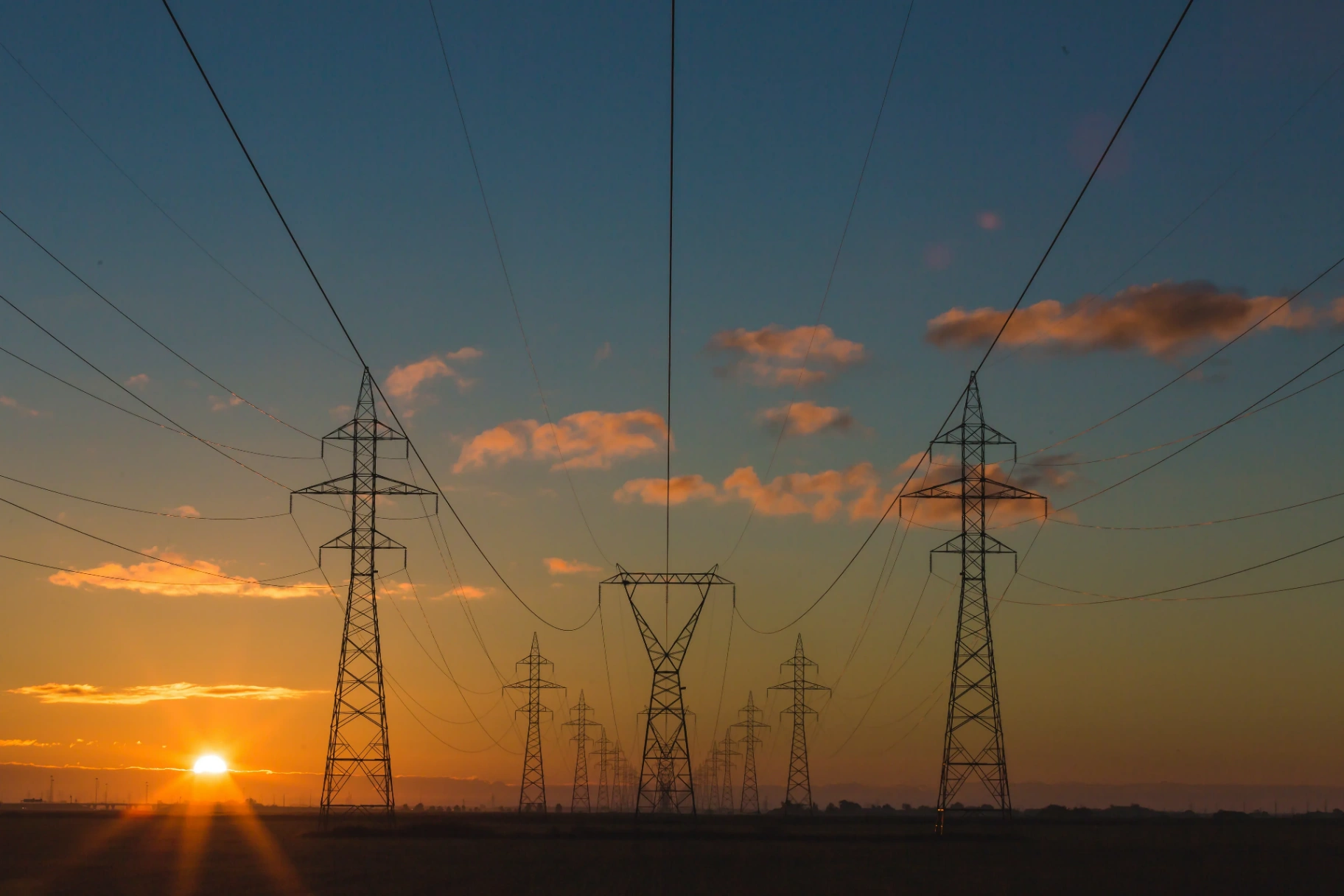It is hard to find a person who wasn’t shocked or at least not taken aback seeing their recent electricity bill. In these pandemic times with our personal finances already taking a hit, it isn’t easy shelling out too much money. And that too on electricity. It is tough, right? So, we at Zodhya studied the reasons for the sudden spike in bills and here I’m sharing some of those.
Before we directly step into the topic, let’s understand how the whole electricity system works.
In India, we(consumers) get our power through DISCOMs. The electricity is generated by the Producers. The producers majorly include NTPC, Hydro projects, Tata Power, Adani Power & JSW Energy to name a few. This produced electricity is distributed to consumers like us through the DISCOMs(Distribution Companies). Most of the DISCOMs are state-owned, joint ventures like BSES and a few private ones like Adani Power, CESC and Tata Power.
Of late, DISCOMs have been facing high dues in payments to the Producers, putting pressure on the Producers and their lenders. To counter this, On 28 June 2019, the Ministry of Power directed all DISCOMs to open and maintain sufficient letters of credit (LCs) as payment security under power purchase agreements (PPAs) with generation companies. If a DISCOM doesn’t pay, the generator can enforce the LC, collect payment and discontinue power supply to the DISCOM.
Yet to see this rule’s impact, the payment dues of DISCOMs rose to INR 88,311cr in Jan 2020, a 32% increase from Jan 2019. To counter these high dues, DISCOMs may adopt an increase in unit rates or have power cuts.
Now, what is today’s scenario for consumers like us?
A 2-BHK flat, with no air-conditioners, which sees bills of INR 400–500 in the peak of summer has seen the bill rise to nearly INR 2000. Most of the residential houses which are equipped with ACs have seen their bills tripled to nearly INR 12k-15k.
So, what could be the reasons behind it?
Most of the DISCOMs have announced that since they cannot visit manually to bill the consumers, they will be charging the consumer for the previous year amount. Let’s say your consumption was 450 units and 600 units in April & May 2019 respectively.
For the purpose of discussion, let us assume the following slab rates (you can always check your respective DISCOM slab rate online):
For the 1st 200 units: INR 2.5/unit
201–500 units: INR 4/unit
501–700 units: INR 6/unit
701 & above: INR 8/unit
As you will be billed to the same units in April and May 2020(450 & 600 units respectively), let’s see the bill now:
Bill1: April 2020: 200*2.5 + 250*4 = INR 1500
Bill 2: May 2020: 200*2.5+ 300* 4+ 100*6 = INR 2300
Once the lockdown is removed, the manual readings have been observed and say you have consumed 1050 units over April & May 2020(same as in 2019).
So following the same slab rates as above, you will be billed:
Bill 3:
Since 1050 units have been consumed over 2 months, you will be billed 525 units in each month(1050/2).
The monthly bill would be: 200*2.5 + 300*4 + 25*6 = INR 1950
So, the bill for April’20 & May’20 combined would be = INR 3900 (Bill3)
As you can see, previously you were being charged INR1500+ INR2300 but now it has increased by INR 100.
Let’s bring in another factor. As we’ve been in homes all day long over 2 months, assume we have increased our consumption as well due to an increased usage of fans & ACs to beat the heat & diff. appliances like refrigeration, ovens, internet. Now, let’s say it is 1500 units over 2 months instead of 1050 units.
Bill 4:
1500/2 = 750 units per month
The monthly bill would be = 200*2.5 + 300*4 + 200*6 +50*9 = INR 3350
So, the bill for April’20 & May’20 combined would be = INR 6700 (Bill 4)
Can you see the effects of falling under a higher slab with increased consumption (compare Bill 3 & Bill 4)?
Now, some of the people have already paid Bill 1 & Bill 2 by the end of May 2020 (generated based on previous financial year readings), your net amount would be:
6700–1500–2300 (Bill 4- Bill 1- Bill 2) = INR 2900 (Bill 5)
For easier understanding, we haven’t added things like Fixed charges, Electricity tax, meter rent and Fuel Adjustment charges(FAC).
Apart from these calculation issues, there are other issues which have crept in:
In some of the regions, people weren’t billed for March 2020 before lockdown. So, the consumption of another month(which makes it 3 months) also added up to the bill.
You might have some pending bills which have added up in the ‘Arrears’ section of the bill.
Some of the DISCOMs haven’t adjusted the bill even after paying in April & May 2020. So, instead of receiving Bill 5, some of the people have received Bill 4.
Some of the DISCOMs like KSEB have bi-monthly bills. So, your bill consists of Feb-Mar & Apr-May. Since you were billed based on previous readings for Feb-Mar, the extra amount(sim. to Bill 5) will appear in DL adj. in the Apr-May bill.
Another important thing you need to carefully look at is your connected load/ tariff category. You might have been moved from a lower category to a higher category due to cumulative recordings of usage. Here, I’m attaching an image of TSSPDCL(Telangana DISCOM) which has different tariffs for different loads. With cumulative readings over 2/3 months, you might have been moved from LT 1(B)(i)to LT1 (B)(ii). Similarly, you can find tariffs of your respective DISCOM online.

For commercial spaces, which haven’t had any business activity received huge bills as they were billed according to previous year’s consumption. Such a concern can’t be ignored.
To counter their high dues as mentioned earlier, some of the DISCOMs have increased slab rates in the months of Feb’20 & Mar’20. So, you may observe higher bills than usual.
Some of the DISCOMs like MSEDCL have shifted their billing system from kWh to kVAh. In kVAh based billing, fixed/ demand charges are levied on apparent power(kVA) and energy charges are levied on apparent energy (kVAh), which eliminates the requirement of charging active and reactive energy separately. (For easier understanding on kWh(actual energy consumption) & kVAh, you can refer to this link). This system will usually see an increased bill amount.
Here’s an image which lists different things in an electricity bill. You can verify if the above points have been valid in your bill.


Few DISCOMs like BSES and Tata Power(TPDDL) have announced proactive measures, asking consumers to share a photo of their actual meter readings over these months so that they can be billed accordingly. They’ve also provided some provisions & rebates if submitted within a week or so.
In the end, you can always check your estimated bills on BijliBachao, which we frequently use for domestic calculations. Otherwise, you might find the specialized one as on Google when you search for an electricity bill online calculator along with your DISCOM name.

